Every animated film that you watch begins long before the first frame is drawn. It starts with an idea and then that idea comes to life through storyboarding in animation. It is an important part of vision for featuring a film. Storyboarding in animation is the critical bridge between a creative idea and the final product that appears on screen. If you’re curious about how storyboarding in animation done then this blog is for you. By the end of this article you will learn about what storyboarding is, how to create storyboard for animation and techniques that are followed. So let’s get started…
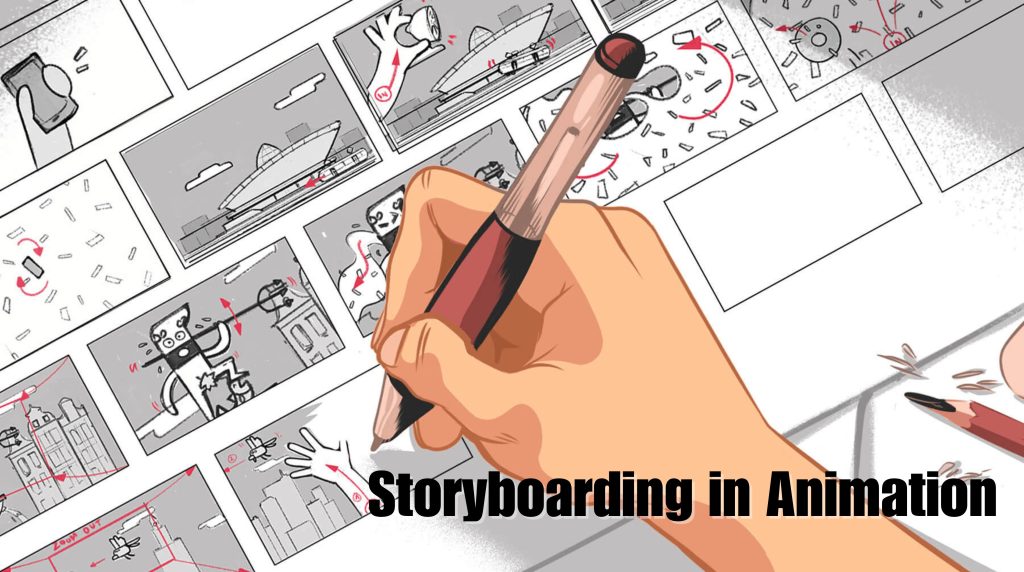
What is Storyboarding?
Storyboarding in animation is process of drawing sequence of panels that represent each key moment of the animation. It is done by use of sketches, text and comments to graphically represent each movement of animated sequence to be done. It is like animation workflow where writers, directors, and artists collaborate to decide how scenes will look, move, and feel.
Storyboarding first started in 1930 at Walt Disney Studios. Animators used it to sketch out scenes and plan movies like Snow White. It soon became important step in animation and helping creators decide the story, characters, and look of the film before making it. It essentially acts as roadmap that guides everyone involved through the production process with clear and shared vision of the final product.
How to Create Storyboard for Animation: Storyboarding Process Step-by-Step
Creating storyboard in animation sounds easy but storyboarding process requires that every detail supports and enhances the story. Let’s learn how to create storyboard for animation step by step effectively:

1. Script Breakdown
Firstly you need to understand the concept and story of script. Understand each scene, emotions and actions properly. Start by dividing script into parts in manageable way to visualize animation frame by frame.
It helps you to decide where each scene starts, how it transitions, and what the viewer should feel.
2. Creating Thumbnails
In this process you don’t need to create perfect sketches. Create thumbnail sketches in rough and raw form to get quick visuals to help plan camera angles, movement, and pacing without worrying about perfection.
3. Establishing a Visual Flow
After thumbnails, you need to organize your panels to create smooth visual flow. Make sure scenes transition naturally and maintain continuity in movement and direction. At this point you need to think about how characters move, camera pans, and where the viewer’s focus should be.
4. Adding Detail and Dialogue
When you are done with your visual flow, next step is to add each detail and dialogue in every frame. It includes characters expressions, dialogues, camera angle, poses and backgrounds so that each frame is set to clearly understand.
5. Review and Finalize
Now you have created your first storyboard. If you tried first time, its rarely become perfect but don’t worry, review it with your creative team, check for pacing issues and make sure it aligns with animation tone.
Keep in Mind—
✅Make drawings simple which focus on storytelling not perfection.
✅Use arrows to show camera movements
Also Read: 12 Essential Principles of Animation in Multimedia: You Must Know
Storyboarding Techniques That Bring Stories to Life
Learning visual storytelling techniques will help your storyboard truly shine. Professional storyboard artists use creative methods to make their stories more exciting and full of emotions. Here are storyboarding techniques that help you to create effective storyboard:
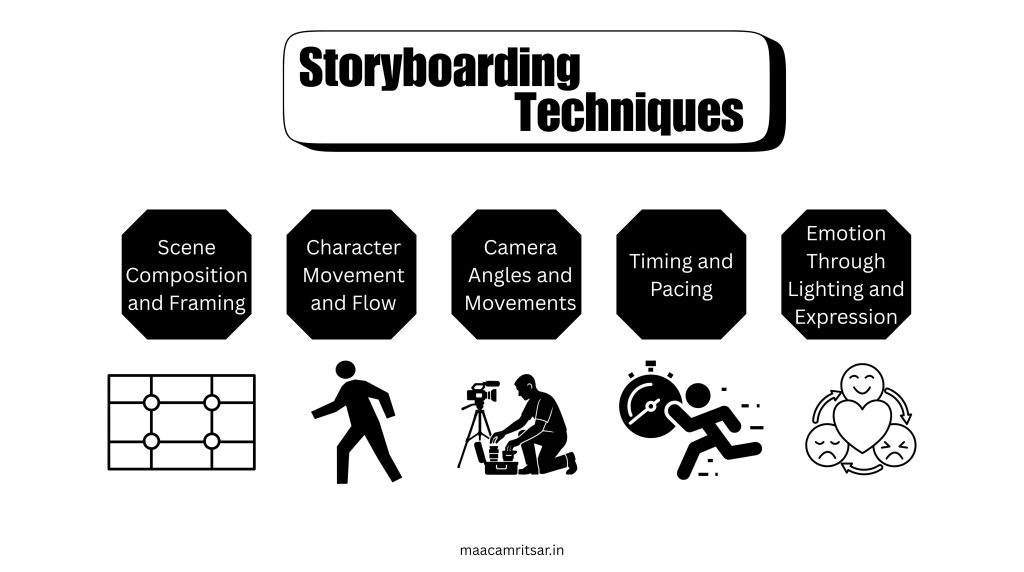
1. Scene Composition and Framing
Good scene composition helps the viewer know where to look and feel the right emotion. Use tricks like rule of thirds, guiding lines, and clear focus points to highlight important actions.
2. Character Movement and Flow
Smooth character movement in storyboards helps the final animation feel natural. Use motion lines or successive panels to indicate how character enters or exits frame.
3. Camera Angles and Movements
Camera angles in animation play very important role in creating immersive experience for users. In animation how you convey your story to viewers matters. Changing perspectives keeps viewers engaged.
4. Timing and Pacing
Storyboards do not just show what happens, they also show how fast it happens. Timing helps scenes flow smoothly. In animation even small changes in timing can make big difference.
5. Emotion Through Lighting and Expression
Even in black and white storyboard, shadows and facial expressions have huge impact on storytelling. Before actual animation begins, they convey message very well.
Some Real World Examples of Storyboard Animation
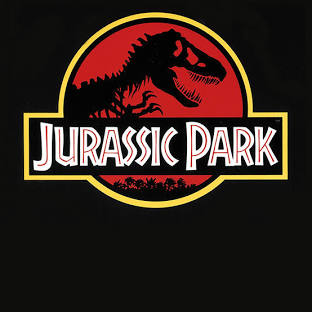
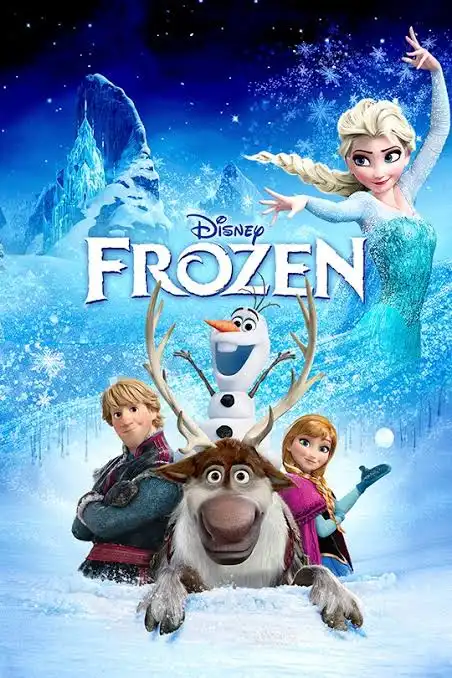

| Pixar (Animated Films) | Uses storyboards to test emotional beats and character movement. |
| Frozen by Disney | They used storyboards to plan Elsa’s “Let It Go” transformation scene. |
| Jurassic Park | This is best example for learning how professionals use storyboards to guide timing, emotion, and action. |
Software for Storyboarding
| Storyboard Pro | This software offers advanced drawing tools, camera controls, and timeline integration. |
| Adobe Photoshop and Illustrator | Best for detailed and artistic storyboards. |
| Storyboarder | This tool is free and best for beginners to sketch and edit. |
| Blender’s Grease Pencil | Good for 2D storyboarding in 3D animation workflow. |
| SketchBook | Best for smooth interface and natural drawing feel. |
Quick Storyboarding Tips for Beginners
Here are some key storyboarding tips for beginners to keep in mind:
| ✅ Keep camera direction clear and consistent. |
| ✅ Show key poses not every movement |
| ✅ Focus on storytelling not perfect art |
| ✅ Avoid cluttered frames |
| ✅ Study film and animation references |
Conclusion: From Sketches to Screen Magic
Storyboarding in animation is first important step where artists use planning and visual storytelling to turn rough ideas into clear scenes. These storyboards help whole team stay on the same page, avoid mistakes, and make sure the final animation tells the story in the best way. Storyboarding in animation helps all parts such as scene layout and camera angles, come together to create the right feeling.
FAQ’s
Ans. Storyboarding in animation is process of drawing sequence of panels that represent each key moment of the animation.
Ans. The three main types of storyboards are:
Traditional Storyboards – Hand drawn panels on paper.
Digital Storyboards – Created using software like Storyboard Pro / Photoshop.
Animatics – Storyboards with added sound and timing to show how the final animation will look and flow.
Ans. Storyboarding technique is method of planning story visually through drawings. It helps show how scenes will look, how characters will move, and how the camera will capture each shot. This technique is used to organize ideas, improve storytelling, and guide the animation team before production begins.
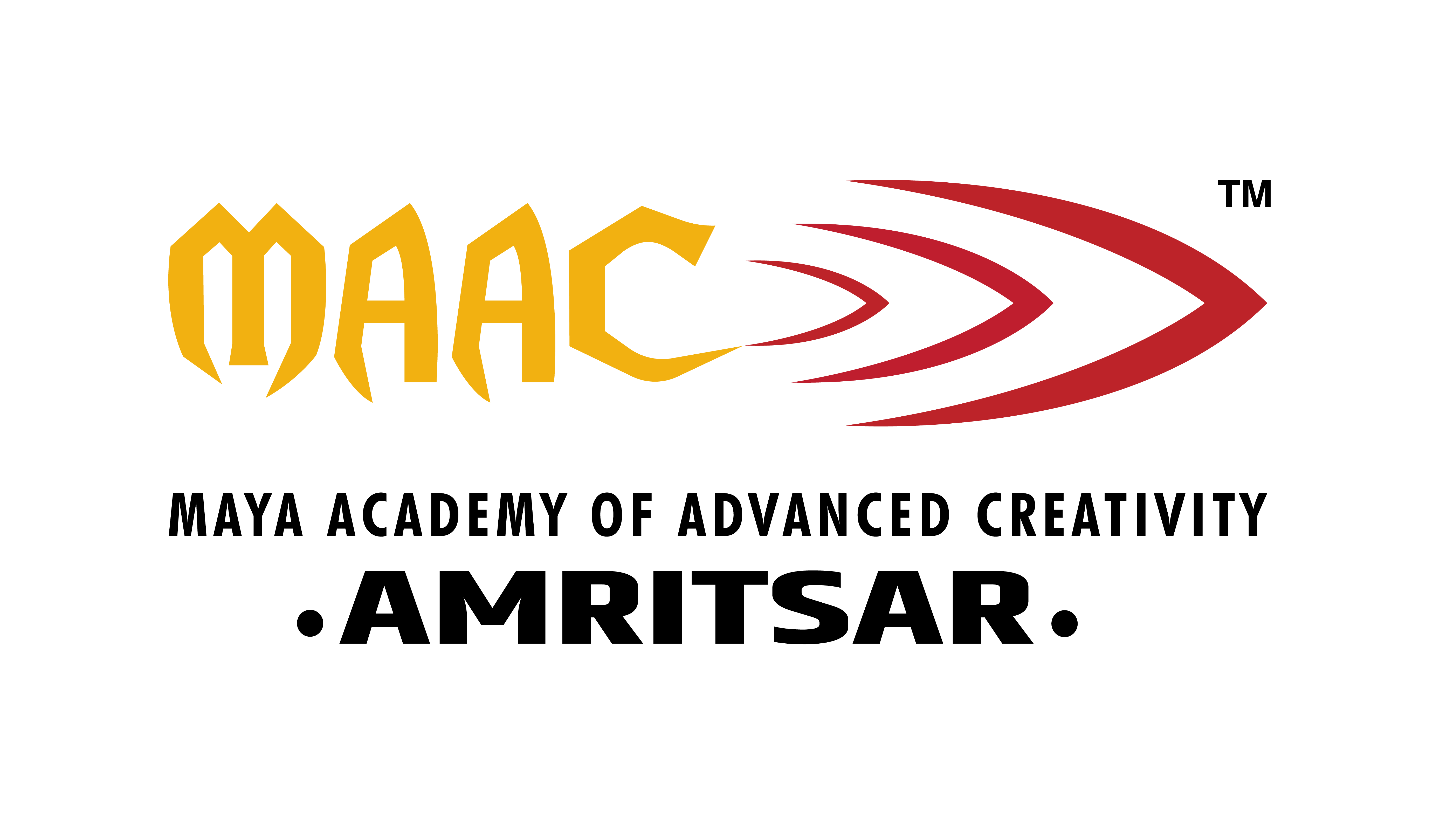
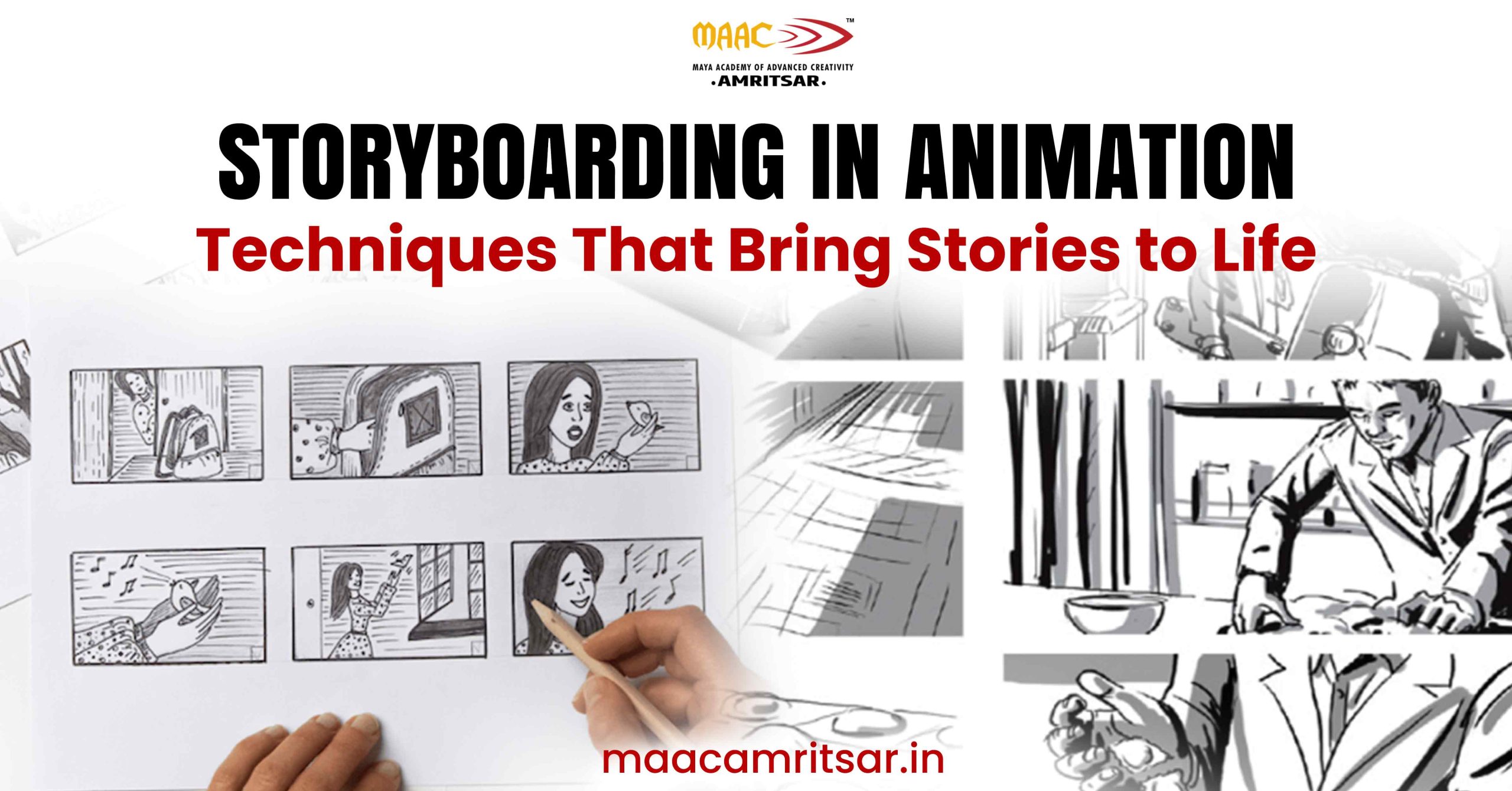
Leave a Reply